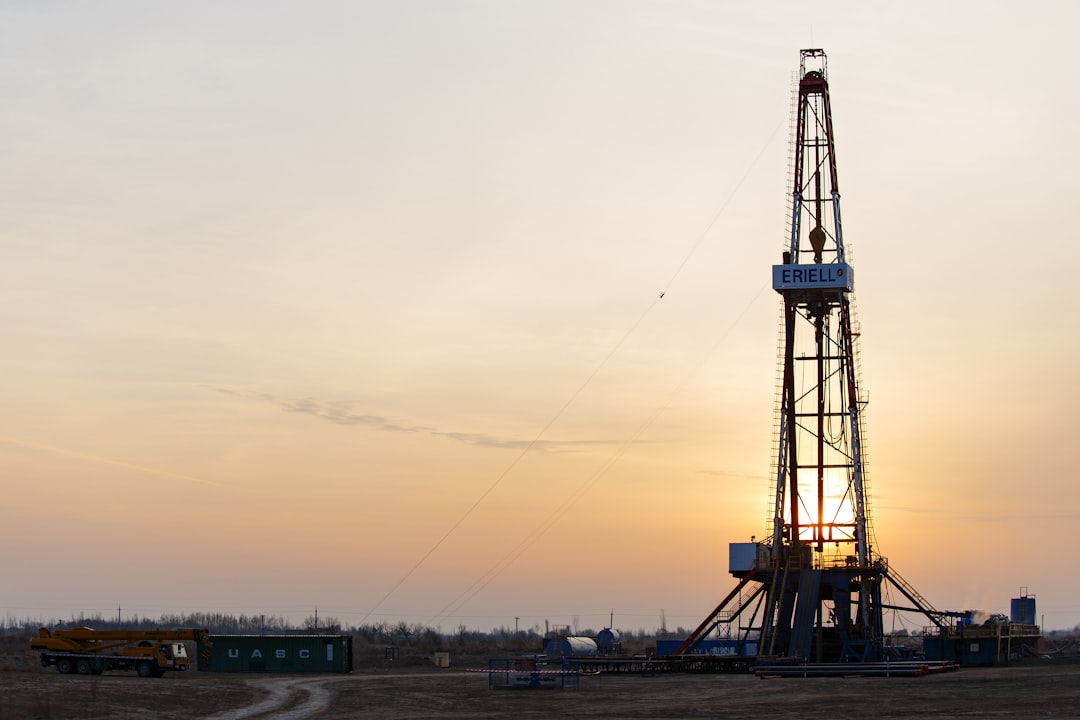What is it about?
Cavitation is a complex phenomenon often encountered in engineering. This paper provides a practical way for treating high-speed cavitating flow by presenting an improved cavitation model of compressible mixture flow with an emphasis on phase change effects. The model is embedded in an unsteady Reynolds-averaged Navier–Stokes solver, with the realizable k- model employed to evaluate the eddy viscosity. The unsteady behavior of an impulsively started submerged water jet is investigated. The results reveal that cavitation occurs when p_in/P_in reaches 0.65 and fluid flow begins to pulsate. In the well-developed stage, one pair of ring-like clouds consisting of a leading cloud and a subsequent cloud is successively shed downstream, and this process is periodically repeated. The leading cloud is principally split by shear flow, and the subsequent cloud is detached by the re-entrant jet generated while a fully extended cavity breaks up. The subsequent cavitation cloud catches the leading one and they coalesce over the range x/d≈2~3. The mass flow rate coefficient pulsates from 0.59~0.66 corresponding to the periodic shedding of cavitation clouds.
Featured Image

Photo by Ezra Jeffrey-Comeau on Unsplash
Read the Original
This page is a summary of: Numerical simulations of cavitating water jet by an improved cavitation model of compressible mixture flow with an emphasis on phase change effects, Physics of Fluids, July 2023, American Institute of Physics,
DOI: 10.1063/5.0155787.
You can read the full text:
Contributors
The following have contributed to this page










